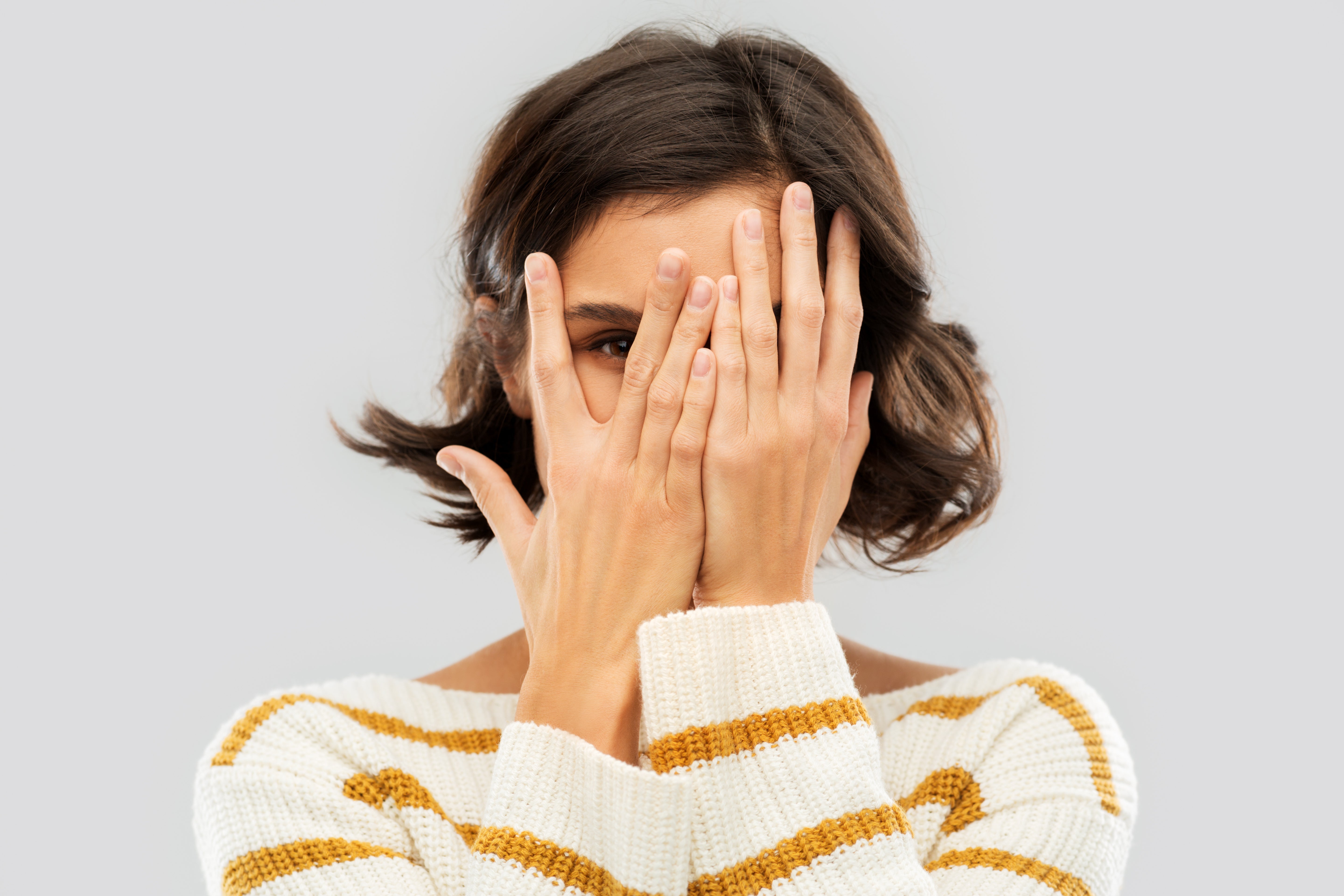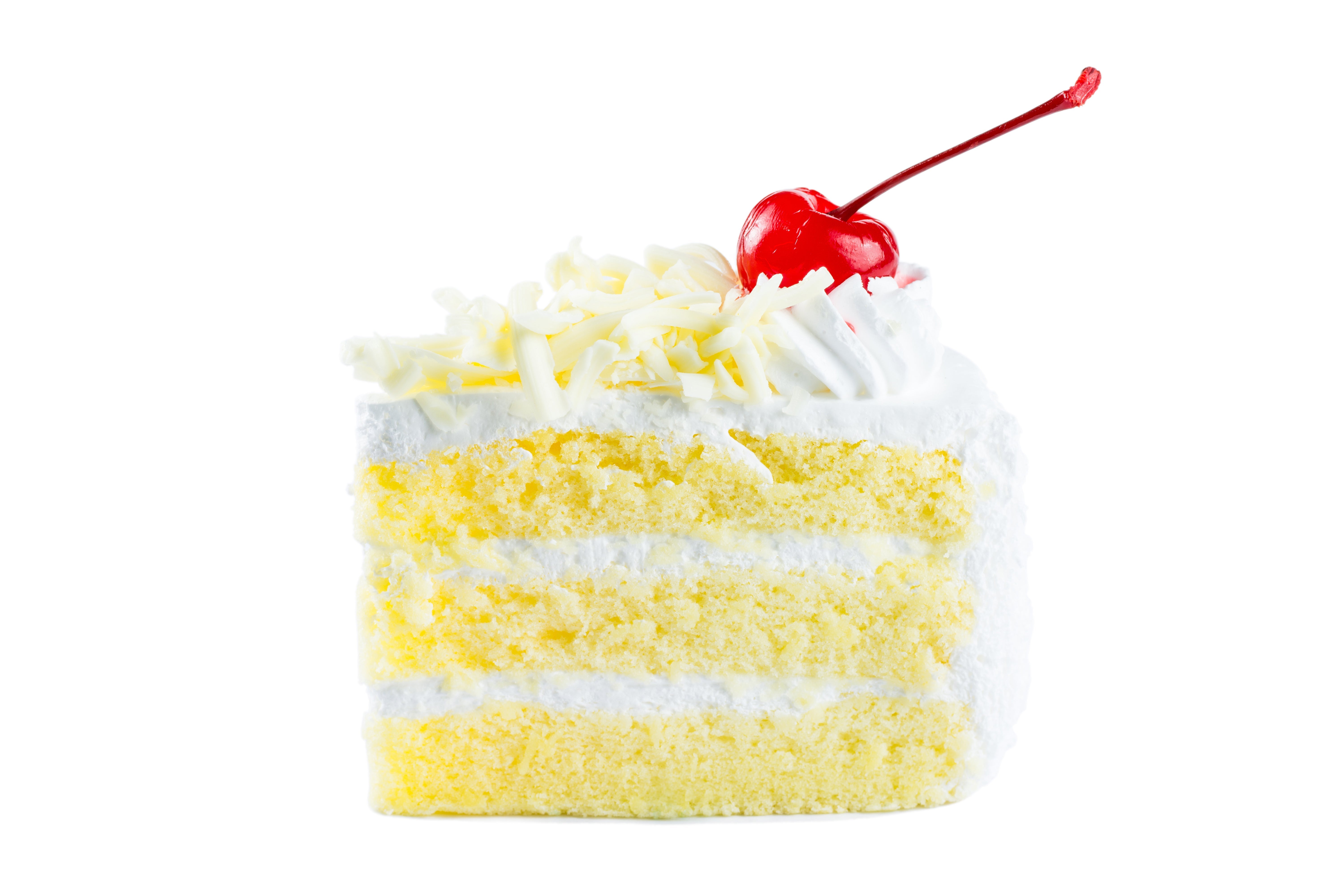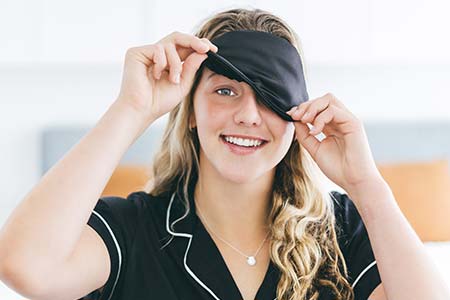Trading on Transparency

Do you buy products that claim to be “chemical free”, “non-toxic”, “clean” or “reef safe”? Sounds wholesome, right? But pause for a sec—what do these labels actually mean? Do they scream trust and transparency… or just clever marketing spin?
From chats with friends (and plenty of TikTok scrolling), I know these buzzwords influence what people buy. But here’s the kicker: none of these terms are regulated. Zero. That means “clean” could mean something totally different from brand to brand… or nothing at all.
And don’t get me started on “no nasties”. What’s a “nasty”?! Brands often make their own blacklist of ingredients—sometimes including things that would never be in the product anyway. It’s designed to look transparent and ethical, but.....
TL;DR
Beauty brands aren’t out to poison you or destroy the reef. But this kind of marketing pits science and medicine against health and wellness—when they should actually be besties working toward the same goal. It also usually pushes the super tired “natural is always better” narrative (spoiler: it’s not).
The Rise of “Clean” and Its Friends
“Clean beauty” really kicked off the hype. The word “clean” makes us think of purity, safety, nature—like a green juice but for your face. But here’s the problem: there’s no official definition. One brand’s “clean” might mean no parabens or sulfates, while another includes synthetics but excludes animal testing.
With no rules, “clean” turned into a slippery slope that opened the door to…
🌱 Greenwashing: Acting like you’re eco-friendly and sustainable with “no nasties” or “all-natural” claims—even if your actual practices are minimal at best.
💡 Science-Washing: Throwing around jargon, vague studies, or cherry-picked data to look legit, when the “science” isn’t solid.
Why It Matters
- Fear sells. Some brands rely on making you afraid of everyday ingredients so you’ll buy their “clean” alternative.
- Half-truths mislead. “Clinically proven” might just mean an in-house test, not independent research.
- Science isn’t scary. Natural + synthetic ingredients can both be safe and effective.
- Natural ≠ safe. Synthetic ≠ bad. Poison ivy is natural. Sunscreen filters are synthetic—and lifesaving. Context and dose matter way more than scary-sounding names on a label.
Protect Your Skin (and Your Wallet)
- Be skeptical of absolutes like “chemical-free” (literally everything is a chemical).
- Check (if it's important to you) if eco claims have receipts: third-party certifications, refill programs, real supply chain transparency.
- Vet your “experts.” Influencers can be fun to follow, but if you’re basing your purchasing or lifestyle decisions on them, double-check whether they are 'qualified' to be providing this advice, or at least that their sources are legit.
Transparency: The Real Glow-Up
Transparency isn’t just a trend anymore—it’s the new standard. And honestly? I’m here for it… when it’s done right.
What we like:
- Full ingredient lists
- Explainers on what those ingredients actually do
- Real science + real experts
- Clarity on packaging + sustainability efforts
What we don’t like:
- Fear-mongering and “toxic” scare tactics
- Pseudoscience or cherry-picked data
- Demonizing synthetic ingredients in favor of “natural” ones that can sometimes be worse
- Ingredient apps that ignore dosage and formulation context
The Bottom Line
Next time you pick up a product, ask: Is this label telling me the truth—or just what I want to hear? Your values and preferences should drive your purchasing behaviour....not fear. Opinions are great but (imo) they do not hold the same weight as good quality evidence. I totally get that it is getting harder and harder to work out which is which these days :-(
It’s a jungle out there. Selling beauty and wellness products is cutthroat (and trust me, I’m about to find out just how tough!). But here’s the thing: I’m not willing to play dirty… or clean.


